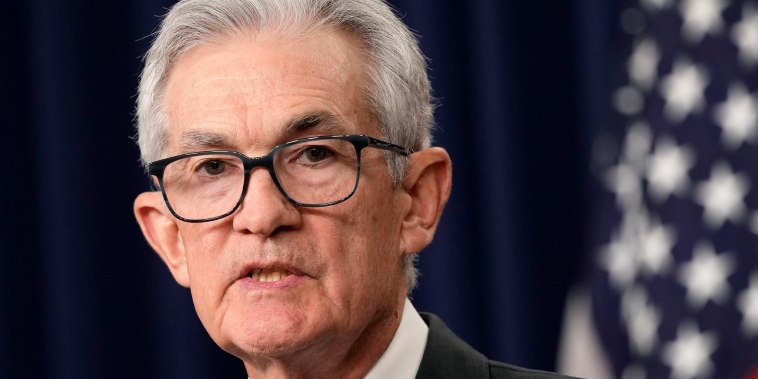The Federal Reserve’s decision to maintain higher interest rates over an extended period may raise concerns among some investors and consumers, as it could potentially slow down economic growth and increase borrowing costs. However, a closer examination reveals that this strategy may not be as unfavorable as it initially seems.
One of the primary reasons for the Fed’s approach is to prevent the economy from overheating. By keeping borrowing expenses higher, the central bank aims to moderate inflationary pressures and maintain price stability. While high-interest rates can dampen consumer spending and business investments, they also serve as a crucial tool for the Fed to control inflation and prevent asset bubbles from forming.
Moreover, a prolonged period of higher interest rates can signal confidence in the economy’s strength and long-term stability. Investors often interpret higher rates as a positive sign, indicating that the central bank believes the economy can withstand tighter monetary policies. This vote of confidence can help bolster investor sentiment and support long-term economic growth.
Additionally, maintaining higher rates for an extended duration provides the Fed with more flexibility in managing unexpected economic challenges. If the economy encounters external shocks or unforeseen risks, having room to lower interest rates can serve as a valuable cushion to stimulate economic activity and mitigate downside risks.
Furthermore, higher interest rates can incentivize saving and investment, which are essential for long-term economic growth. By offering higher returns on savings and investments, individuals and businesses may be motivated to save more and allocate capital toward productive ventures. This can contribute to a more sustainable and balanced economic expansion in the long run.
It is crucial to note that the Fed’s decision-making process is guided by a careful analysis of various economic indicators and factors. While the impact of higher interest rates may present challenges in the short term, the central bank’s strategic approach aims to promote overall economic stability and long-term growth.
In conclusion, while the Fed’s choice to maintain higher interest rates for an extended period may seem daunting, it serves as a proactive measure to safeguard against inflationary pressures, support economic resilience, and encourage sustainable growth. This approach underscores the central bank’s commitment to steering the economy on a steady course and maintaining financial stability in the face of evolving economic conditions.


























